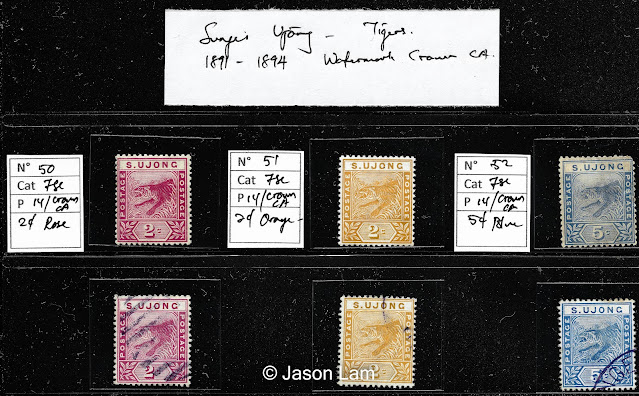Shades of Labuan Stamps: 1894-1896 24c Pale Mauve vs Dull Lilac

Distinguishing between two shades of very old stamps could be challenging considering that colors may have oxidized or even bleached. In this update, we are covering the stamps of Labuan, to be technically correct, stamps of North Borneo overprinted with 'LABUAN'. Specifically, shade varieties of the 24c stamp (1894-1896). The shade listed on ISC are Pale Mauve (ISC#61) and Dull Lilac (ISC#62). Finding the difference is confusing since both are almost identical - that is until we involve a similar stamp but was issued on 1897, 24c Grey-Lilac (ISC#85). Comparing with ISC#85 makes it much easier since it only exists as a shade of lilac, not very far off from dull lilac. Here are the enlarged scans for a closer look. Pretty straightforward, right? Thank you for dropping by!





